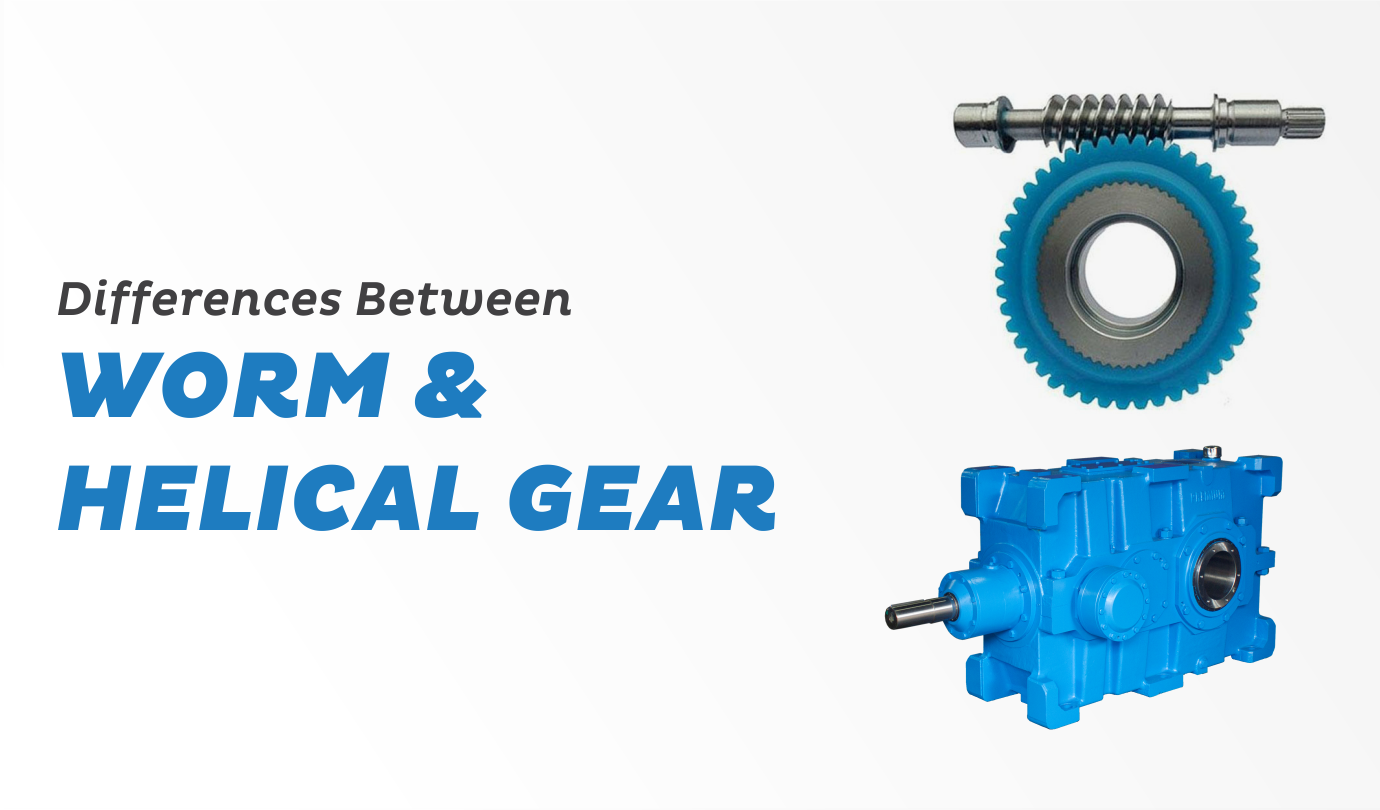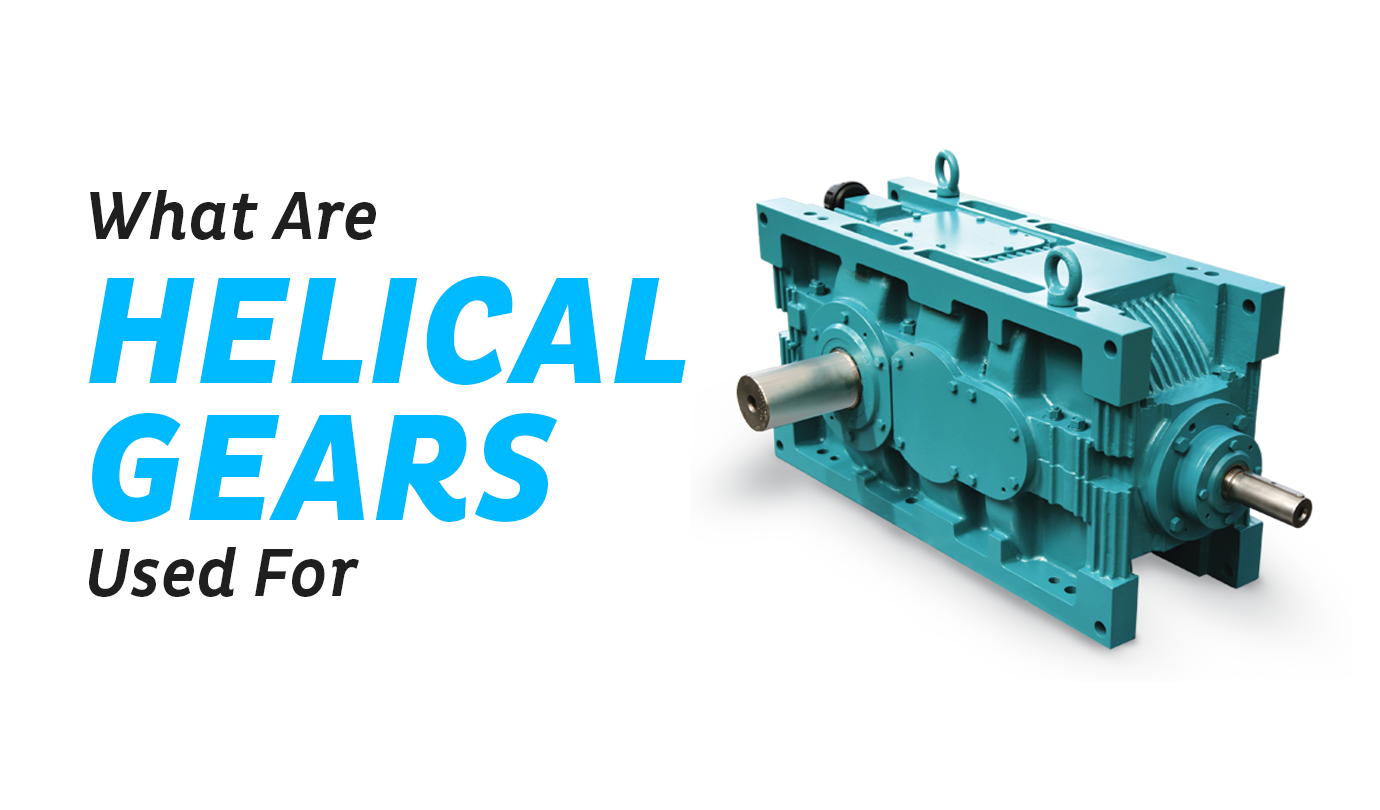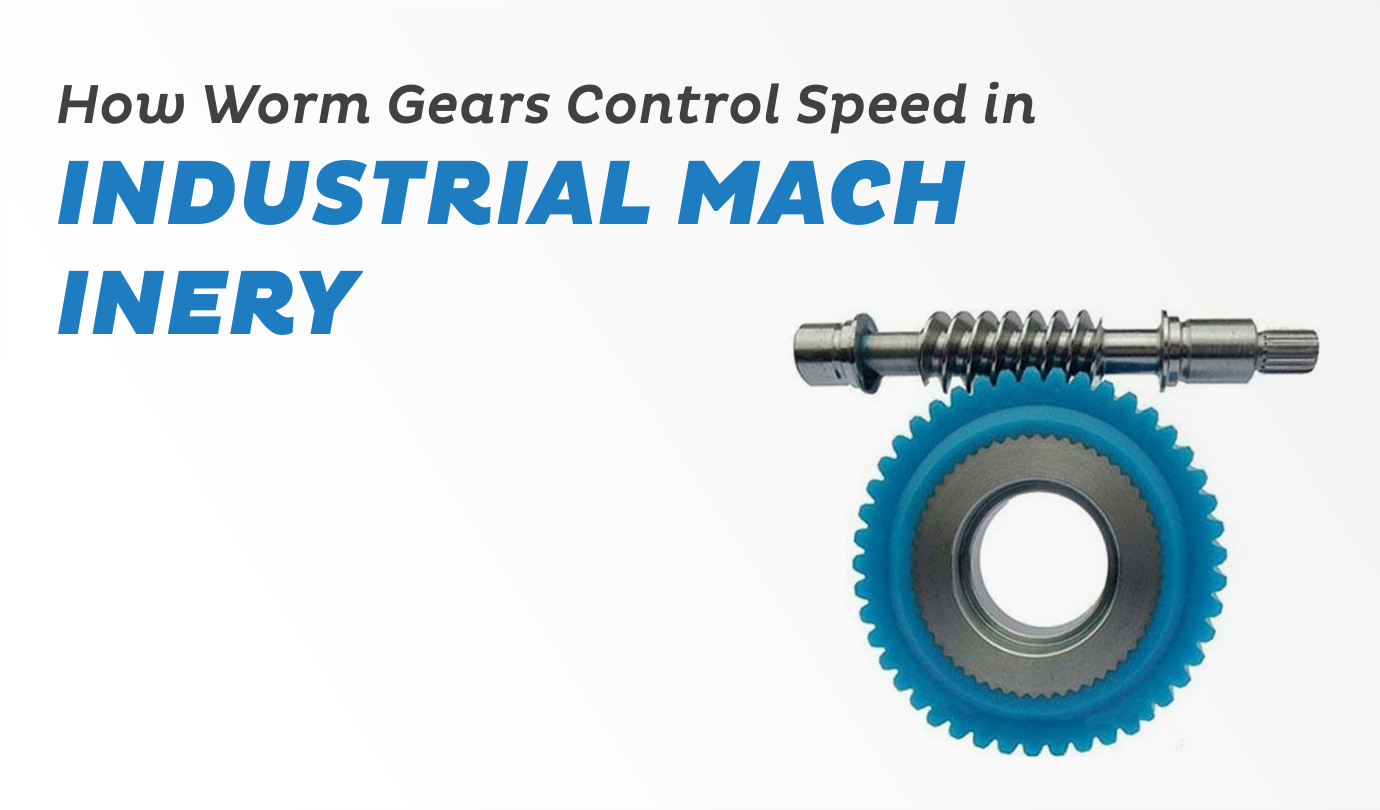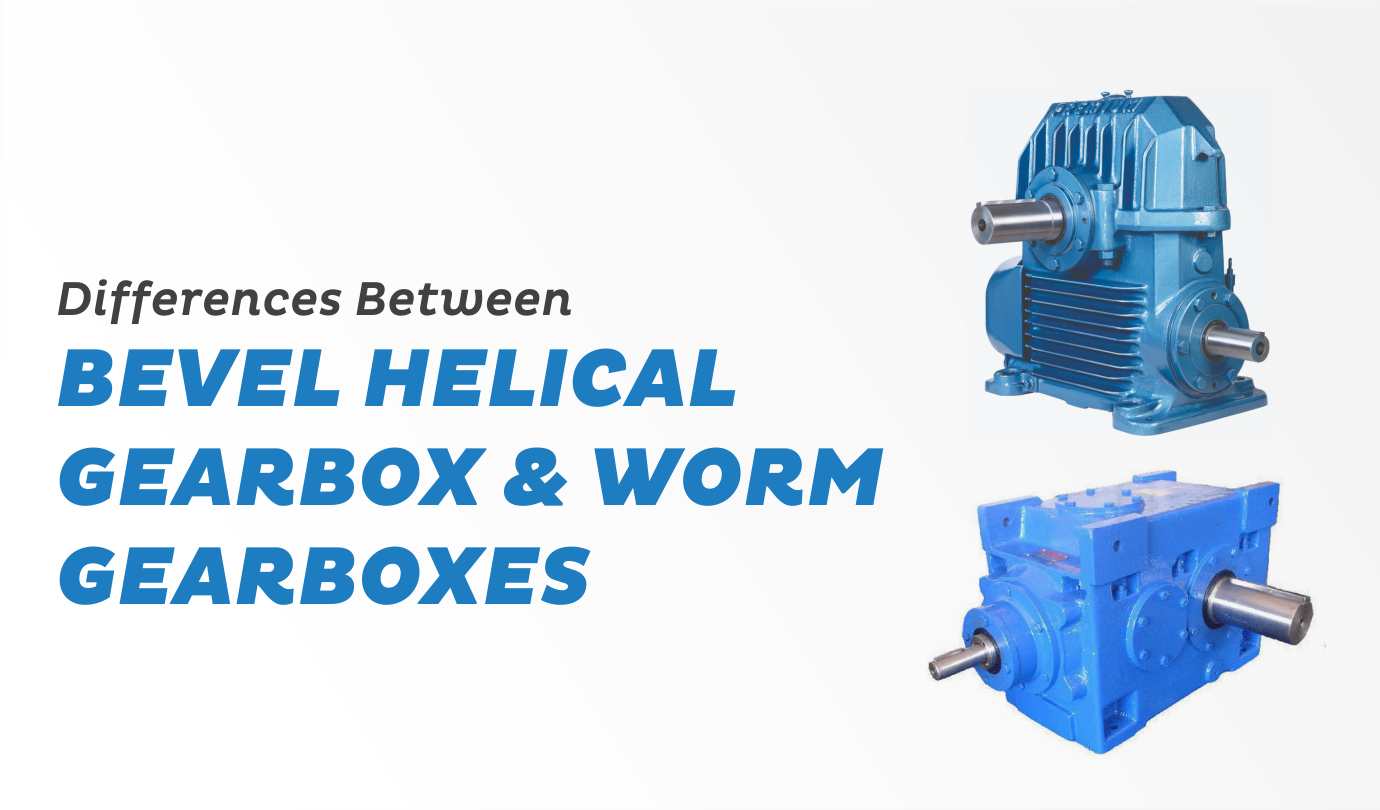Whether you’re using worm gears, helical gears, or just about any sort of industrial gears, they are a critical component of many industrial motors and equipment, boosting torque production and modifying the direction of rotation. Worm gears with helical gears are two of the most common forms of industrial gears, but how do these two frequently used worm & helical gears differ? In this blog, we’ll analyze the differences between worm and helical gears.
Worm Gears Definition
Worm gears are a kind of gear arrangement in which a worm – or screw – touches a gear. Due to the unique composition of this sort of gear, the customer has control over the velocity. Worm gears may also be used to increase torque.
Additionally, this concept implies that the worm can spin the gear, but the gear is incapable of doing so and turning the worm. Worm gears are often used in high-speed gear reductions. Worm gears are often used in applications such as conveyor systems, where the locking mechanism doubles as a brake. Additionally, they are often used to tune instruments, elevators, and gates.
If you use worm gears and are looking to increase the efficiency of industrial facilities, you should analyze the distinctions between worm and helical gears in order to reduce the pressure on industrial gear systems.
The Advantages of Worm Gears
Worm gearboxes are tiny devices with a high energy capacity despite their typically modest size. Because they are easily developed and produced and include few components, they provide an accurate linear movement that may be used by a wide variety of devices. And this adaptability is enhanced even further by the fact that, as for helical gearboxes, worm gearboxes are completely silent. They need little maintenance and are thus cost-effective.
One of the primary benefits of worm gearboxes is that they provide a high-velocity reduction with a small gap. Due to their low gear level, they may achieve a significant decrease in reduced gaps.
Additionally, it may be used to design irreversible drives — that is, systems that can only operate in one way. Another intriguing aspect of these gearboxes is their non-reversibility.
What Are the Primary Disadvantages of Worm Gearboxes?
The primary downside of a worm gearbox is its poor performance, which may be as low as 15% due to the related axial strains and excessive friction.
Additionally, the most significant wear on these instruments occurs on surfaces that are subjected to friction, hence why they should be highly robust and thoroughly calibrated to ensure long service life. Indeed, there are some wear issues in the fillets if the region is subjected to more friction.
Helical Gear Definition
Helical gears function more smoothly and silently than many other types of gears, particularly worm gears as well as spur gears, due to the way their teeth engage. The teeth on this kind of gear are bent in relation to the gear’s face. When teeth begin to connect, the contact is gradual and gradual. A helical gear inclination is typically between 15 and 30 degrees.
Helical gears are the most often utilized kind of gear in gearboxes. Helical gears also provide a significant amount of thrust. Bearings are used to withstand this powerful force.
Helical Gear Advantages
- When compared to worm gears or toothed wheels, the angled teeth function more slowly, resulting in more quiet and smoother gear performance.
- Helical gears survive longer and are ideal for high-load applications due to the increased number of teeth in contact.
- Load is distributed evenly across many axes at all times, resulting in reduced wear.
- They are capable of transmitting both power and motion between parallel and straight-angle axes.
Helical Gear Disadvantages
- One of the primary drawbacks of these gears is the push generated by the gear axis, which must be handled by the use of suitable thrust bearings.
- The helical gear’s productivity is lowered due to the connection with its teeth, which causes axial thrust and produces heat. Increased energy waste reduces efficiency.
- Between the teeth of helical gears, there is a greater degree of sliding friction. This results in increased wear and the need for lubrication systems throughout their operation.
- They are more expensive to manufacture than worm gears.
Conclusion
There’s no doubt that both helical and worm gears are extremely beneficial in various scenarios. However, to make the most of these gears, it’s crucial to get high-quality products. At Premium Transmission, we offer various types of industrial gears that are industry-grade and extremely durable. For more information, contact our team of experts today.













